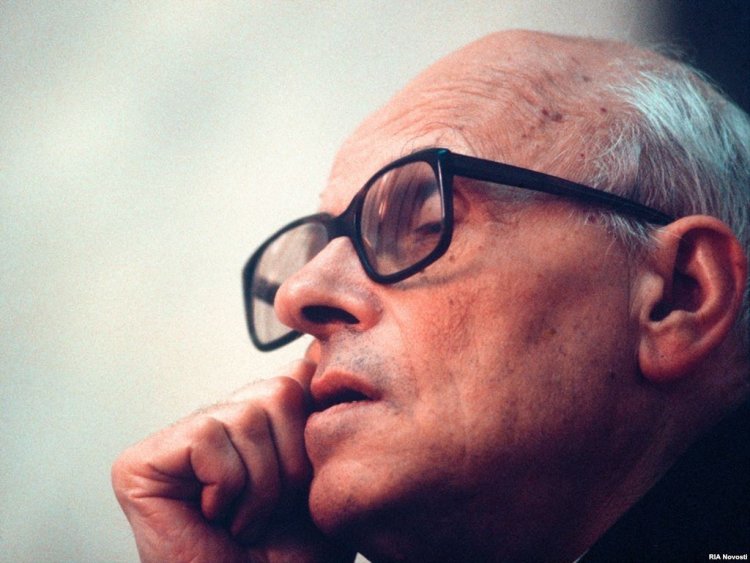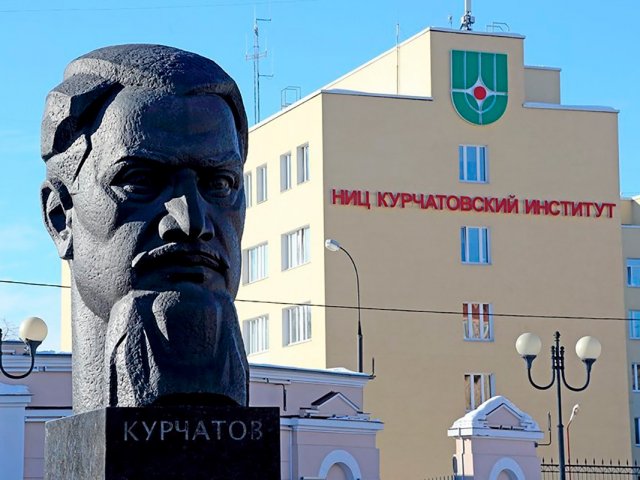Official:
Andrei Dmitrievich Sakharov. May 21, 1921 – December 14, 1989. Soviet physicist, Academician of the USSR Academy of Sciences, one of the creators of the Soviet hydrogen bomb, three times Hero of Socialist Labor, winner of the Lenin and Stalin Prizes. People's Deputy of the USSR. Nobel Peace Prize winner (1975).
Life and Work:
1. The principle of action of a hydrogen bomb is based on the ionization compression of thermonuclear fuel. This phenomenon is called sakharization, but it has nothing to do with sugar (sakhar in Russian). The name of the phenomenon comes from one of the fathers of the hydrogen bomb Andrei Sakharov.
2. Andrei Sakharov was born in Moscow in 1921. The famous musician Alexander Goldenweiser became his godfather, but the boy had no interest in music. What he liked was his father's profession, physics.
3. At Moscow State University, Andrei Sakharov was considered the best student ever to study at the Faculty of Physics.
4. In 1942, he graduated with honors and declined the offer to continue his education in graduate school. A young specialist in Defense Metal Technology, Sakharov was assigned to a military plant first in Kovrov, Vladimir Region, and then in Ulyanovsk.
5. In 1943, in Ulyanovsk, Andrei Sakharov implemented his first invention, a device for controlling the hardening of armor-piercing cores. For that, he received a bonus of 1239 rubles 40 kopecks.
6. In 1945, Sakharov was called to the Lebedev Physical Institute to take his qualifying examinations for the Candidate degree. Three years later, the young Candidate of Science was included in a special group, starting his work in thermonuclear weapons that would last the next twenty years.
7. In 1953, he became a Doctor of Science.
8. In August 1953, the world's first hydrogen bomb was detonated at the Semipalatinsk test site. As recollected by eyewitnesses, after the test, Igor Kurchatov bowed to Sakharov and said, “Thank you, savior of Russia.”
9. On December 31 of the same year, the Soviet radio broadcast a chastushka couplet by physicist Levin:
Who is that, so studious,
His heels clicking on the floor?
That's the young elected member
Of the Academy of Sciences.
The young electee was Andrei Sakharov. He was 32 years old at the time.
10. Andrei Sakharov was a true scientist and a true representative of the intelligentsia. He had created a weapon for defense and he believed that it should never be used. And being an honest scientist, he saw and recognized that things were not perfect in the USSR. And so Sakharov started his fight. In 1968, he published an essay in the West titled “Reflections on Progress, Peaceful Coexistence, and Intellectual Freedom.”
11. Sakharov was immediately banned from conducting any classified research. But it was when the Nobel Peace Prize laureate, Academician Sakharov gave several interviews to international media in early January 1980, condemning the Soviet invasion in Afghanistan, that the authorities decided to destroy the visionary for all to see. He was stripped of all government awards and exiled, without trial, to Gorky, a city inaccessible to foreigners.
12. An attempt was made to ban Sakharov from the Academy of Sciences, but Pyotr Kapitsa came to his defense. When one of the Academicians said that this was unprecedented, Kapitsa objected that there was a precedent: Einstein was expelled from the Academy of Sciences by Hitler. The matter was immediately removed from the agenda.
13. It was Gorbachev who ended Andrei Sakharov's exile. In 1988, all awards were returned to Sakharov. But as he was laid to rest, he wore only one badge on his lapel: the badge of the People's Deputy of the USSR.
Photo: RIA






















